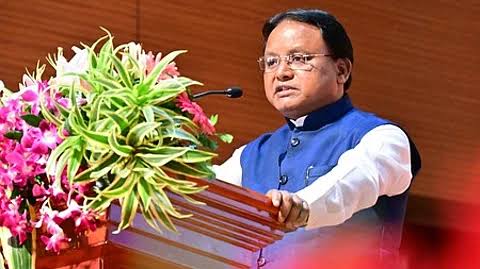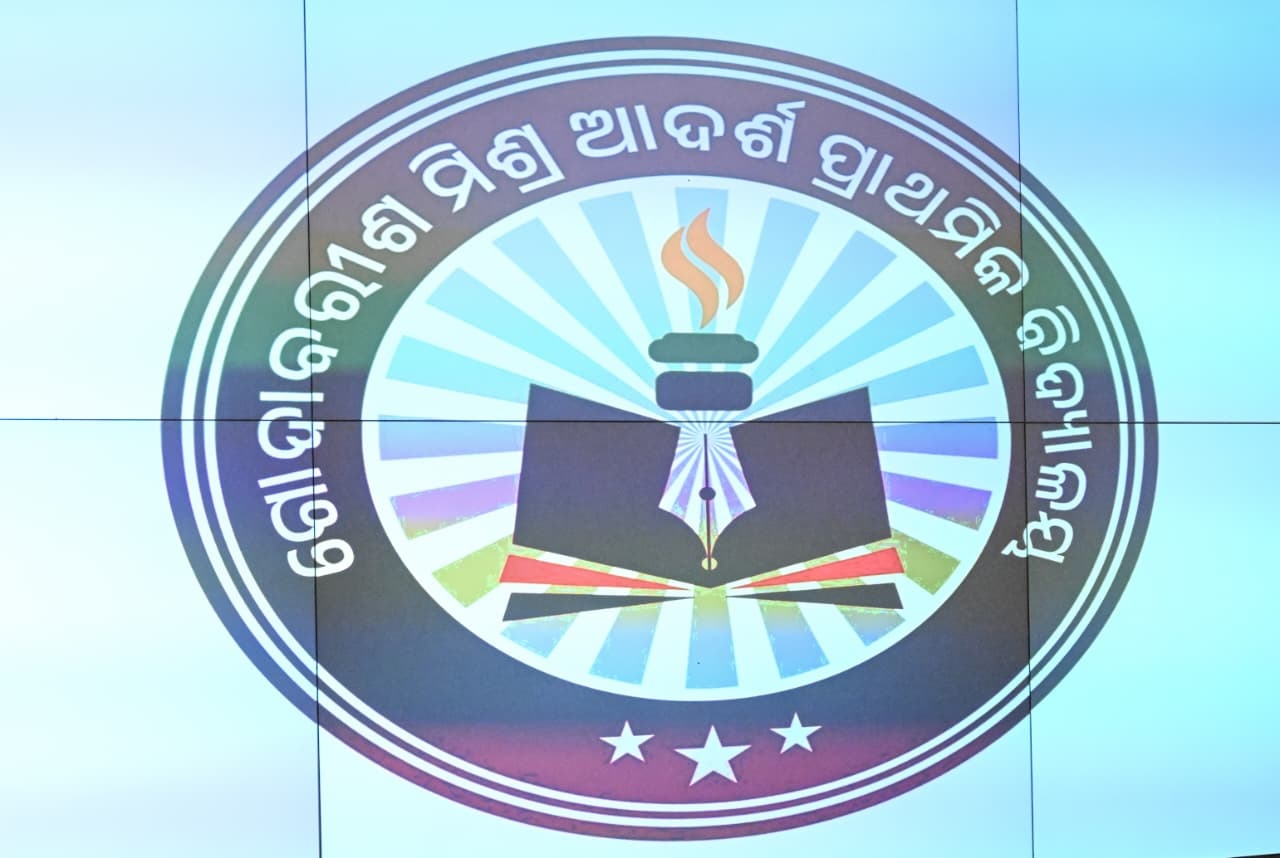Odisha CM Clears ₹240-Crore Mahanadi Riverfront Development Project

Sambalpur and Bhubaneswar riverbanks to get cultural, recreational, and eco-tourism hubs under three-year plan
Bhubaneswar: Chief Minister Mohan Charan Majhi has given his nod to the ambitious Mahanadi Riverfront Development Project, a transformative initiative that aims to turn stretches of the state’s lifeline river into vibrant environmental, cultural, and spiritual tourism hubs. The project, estimated at ₹240 crore, will be implemented by the Water Resources Department over a three-year period, from 2025 to 2027.
Announcing the plan, the Chief Minister said the initiative would not only enhance urban amenities along the riverbanks but also promote sustainable development, water conservation, and eco-tourism. “Mahanadi is the lifeline of Odisha. This project will connect people with the river while creating opportunities for cultural enrichment, recreation, and livelihood generation,” Majhi noted.
First Phase: Revamp of Sambalpur Riverfront
The first phase of the project will focus on the Mahanadi riverfront from Mandalia to Chaurpur in Sambalpur, at an estimated cost of ₹160 crore. This stretch will be developed into a model riverbank with parking zones, jogging tracks, selfie points, landscaped parks, open-air gyms, upgraded ghats, bathing and aarti ghats, theme plazas, shopping complexes, and modern sanitation facilities.
Officials said this phase will integrate cultural and recreational aspects to make Sambalpur a key tourist attraction while addressing environmental management along the river.
Second Phase: Bhubaneswar’s Riverbanks to Get Modern Infrastructure
In the second phase, attention will shift to the Kuakhai and Kushabhadra riverbanks near Pandara in Bhubaneswar, at an investment of ₹80 crore. The plan includes strengthening riverbanks with safety features, constructing ring roads and viewpoints, floating jetties, lock gates, and pedestrian pathways. Additional facilities such as cafeterias, toilets, bridges, and parking spaces will make the riverfront accessible and attractive to visitors.
The Bhubaneswar development is expected to give the capital city a new cultural and recreational landmark, balancing heritage conservation with modern tourism facilities.
Broader Objectives: Ecology, Tourism, and Sustainability
While beautification and tourism are key components, the project also has larger environmental and social objectives. These include:
- Controlling bank erosion and regulating river morphology to prevent long-term damage.
- Ensuring clean river water by diverting sewage inflow and strengthening waste disposal management.
- Conserving water for drinking purposes during periods of scarcity.
- Promoting sustainable development through eco-friendly designs, herbal gardens, science parks, and water sports zones developed in collaboration with private players.
Officials added that such initiatives would not only uplift the local economy through tourism but also foster public awareness about conserving the state’s natural resources.
Public-Private Partnership for Tourism Growth
The Chief Minister highlighted the importance of public-private partnerships (PPP) in realizing the project’s full potential. Plans include developing water sports facilities, recreational hubs, herbal gardens, and science parks, which will be operated with the involvement of private investors. This, he said, would ensure that the infrastructure remains both modern and financially sustainable.
Boost to Odisha’s Economic and Cultural Identity
By combining cultural heritage with modern amenities, the Mahanadi Riverfront Development Project is expected to create a holistic ecosystem for tourism, recreation, and spirituality. The government believes it will also generate employment opportunities, boost small businesses around the riverbanks, and enhance Odisha’s profile as a leading tourism destination in eastern India.
“This initiative will redefine how we interact with our rivers,” a senior official noted. “It’s about preserving ecology while creating world-class infrastructure for future generations.”
With construction scheduled to begin in 2025, the project marks a bold step in Odisha’s vision of sustainable urban development anchored in its cultural and spiritual heritage.









